
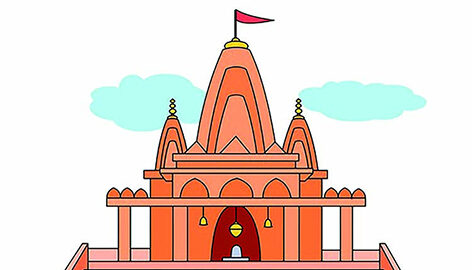
India began its trade relationship with the Portuguese in 1948 with the arrival of Vasco Da Gama. The Portuguese were among the most influential European powers to land on the Indian coast in 1498 and remained the dominant power for nearly two centuries until; the arrival of the British East India Company. The entrance of the British East India Company squashed the strength and supremacy of the Portuguese, and the Portuguese control was limited to Goa, Daman-Dui and Dadra-Nagar Haveli. The Portuguese issued their first Portuguese India banknotes in 1882. Continue reading Portuguese India Banknotes Depicting Temples
The Mintage World Team comprises of experts, researchers and writers from the field of Philately, Notaphily and Numismatics who try to shed light on some of the most interesting aspects of coins, banknotes and stamps from not just India but across the globe as well.
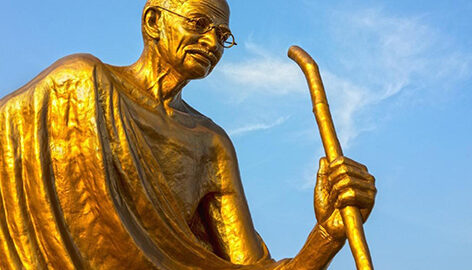
Mahatma Gandhi New Series- 10 Rupees note:
A second major monetary reform came in November 2016 when the Reserve Bank of India withdrew the old Rs. 500 and 1000 value notes and introduced Mahatma Gandhi New Indian Currency Notes. Continue reading New Indian Currency Notes Depicting Journey of Mahatma Gandhi: Part-II
The Mintage World Team comprises of experts, researchers and writers from the field of Philately, Notaphily and Numismatics who try to shed light on some of the most interesting aspects of coins, banknotes and stamps from not just India but across the globe as well.
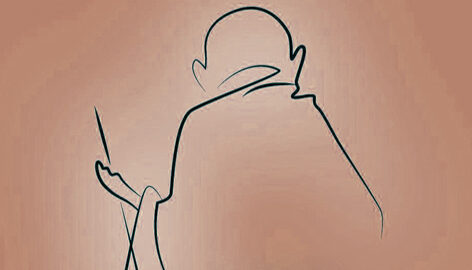
We use paper money or notes on a daily basis and are used to see the portrait of Mahatma Gandhi on every Indian Rupee Note. But what do we know about the origin of Indian paper money? Do we know when, why, and how Indian paper money came into existence? But, now we have an opportunity to learn about old Indian Currency through various online museums for banknotes. Continue reading Indian Rupee Note Depicting Journey of Mahatma Gandhi: Part- I
The Mintage World Team comprises of experts, researchers and writers from the field of Philately, Notaphily and Numismatics who try to shed light on some of the most interesting aspects of coins, banknotes and stamps from not just India but across the globe as well.
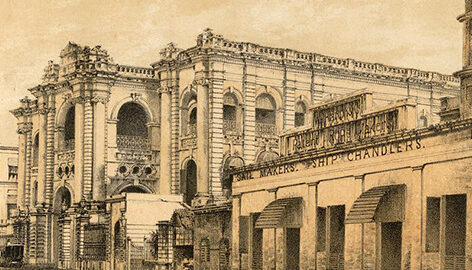
The origin of the universe can be explained by modern astronomers and astrophysicists, while archaeologists and historians try to clarify the origin of human societies. A mythology is a collection of stories about a specific culture or religion. They often feature supernatural characters. Continue reading Mythology Featured on Early Indian Banknotes
The Mintage World Team comprises of experts, researchers and writers from the field of Philately, Notaphily and Numismatics who try to shed light on some of the most interesting aspects of coins, banknotes and stamps from not just India but across the globe as well.

Are Coins and Notes a source of Covid-19 Contamination? First time in the history of humankind, every human from every corner of the world is affected by the Covid-19 pandemic. Such an atmosphere creates unprecedented panic and anxiety among the people. Due to the ongoing research about the cause and medium of a breakout, everything is under suspicion including currency notes and coins. The major objectives of Mintage World are to enhance the correct understanding of the evolving Covid-19, to share knowledge about preventive measures to avoid Covid-19 viruses. Continue reading Are Coins and Notes a source of Covid-19 Contamination?
The Mintage World Team comprises of experts, researchers and writers from the field of Philately, Notaphily and Numismatics who try to shed light on some of the most interesting aspects of coins, banknotes and stamps from not just India but across the globe as well.

India has a magnificent history. All of it is beautifully reflected in the architecture and monuments that the country is adorned with. Some of them are as old as a thousand long years. Historical Monuments printed on Indian Currency will give you an overview of the country’s illustrious past. Let’s take a tour then! After the demonetization of the Rs 500 and Rs 1000 currency notes on November 8, 2016, we’ve seen 7 new currency notes from the Reserve Bank of India (RBI). The new Indian banknotes with value 100, 200 and 500 rupees depict three of the most beautiful Historical Monuments. Continue reading Historical Monuments printed on Indian Currency
The Mintage World Team comprises of experts, researchers and writers from the field of Philately, Notaphily and Numismatics who try to shed light on some of the most interesting aspects of coins, banknotes and stamps from not just India but across the globe as well.
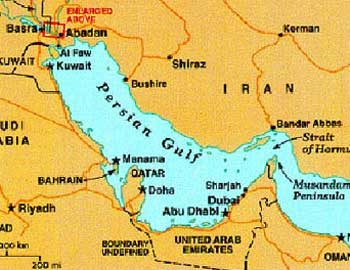
The Persian Gulf Rupee or the Gulf Rupee was a currency issued by the Government of India and the Reserve Bank of India for use in the Persian Gulf and the Arabic peninsula. The Indian rupee was an official currency in several areas that were controlled by the British and governed from India and it was a legal tender in the Gulf countries up till 1966.
Continue reading Gulf Rupee and Haj Notes
The Mintage World Team comprises of experts, researchers and writers from the field of Philately, Notaphily and Numismatics who try to shed light on some of the most interesting aspects of coins, banknotes and stamps from not just India but across the globe as well.
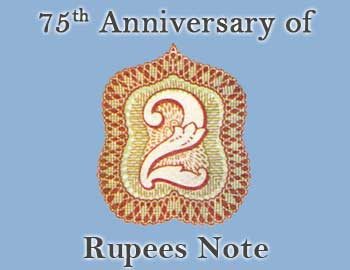
The Rupee that we keep in our pockets has a long and an interesting past. There is a long history of inventions, adaptations and modifications of Indian Currency from Barter System – Coins – Paper Money – Digital Currency! Among them, the paper money – which mainly constitutes Banknotes of Pre–Independence, and Post–Independence of India – has opened new gates of interest and research. After the Re.1 note stepped into a new century in 1917, it is time to give cheers to the Platinum Jubilee of the second smallest denomination of the India Currency Note i.e. Rs. 2 Note. The subsequent years marked many changes in the motifs and the appearance Two Rupees Note. Here’s the Tale of Rs. 2 Note!
Continue reading The Tale of Rs. 2 Note
The Mintage World Team comprises of experts, researchers and writers from the field of Philately, Notaphily and Numismatics who try to shed light on some of the most interesting aspects of coins, banknotes and stamps from not just India but across the globe as well.
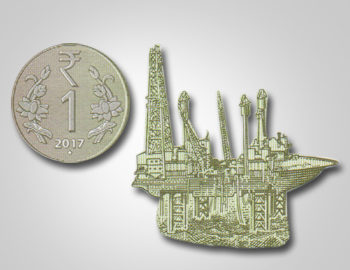
One Rupee Note is the smallest Indian paper denomination in India. But how many of us know that the One Rupee note still exists?
Well… Not many. But yes, the One Rupee note still exists and is accepted as a legal tender of exchange. And this One Rupee note is celebrating its 100th Birthday today. Yeah!! You heard it right.
Continue reading The Journey of One Rupee Note
The Mintage World Team comprises of experts, researchers and writers from the field of Philately, Notaphily and Numismatics who try to shed light on some of the most interesting aspects of coins, banknotes and stamps from not just India but across the globe as well.
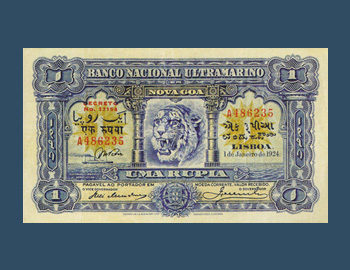
Tomorrow, i.e. 30th November 2017, we will be celebrating the 100th birthday of One Rupee note! Rupee as a denomination was known in India since ancient period, but its significance was noticed in the later medieval era. It was the time when India saw the most interesting changes on its administrative and political platforms. The distance between east and west was reduced through trade, Europeans like Portuguese and French came to India. Their influence is visible through their legacy in architecture, food and the monetary system that they left behind. So come, let’s explore the glorious journey of the One Rupee notes of the Portuguese and French.
Continue reading One rupee notes of Portuguese and French Occupied India
The Mintage World Team comprises of experts, researchers and writers from the field of Philately, Notaphily and Numismatics who try to shed light on some of the most interesting aspects of coins, banknotes and stamps from not just India but across the globe as well.